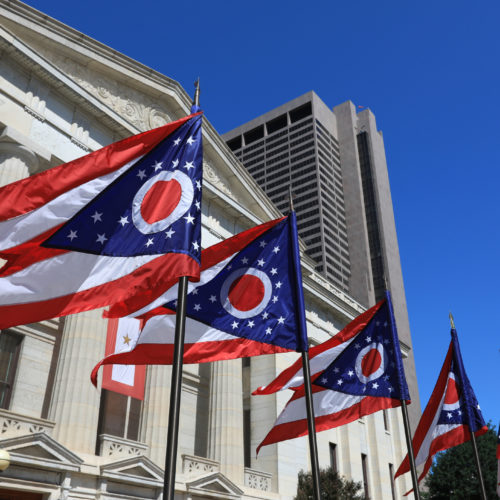
Electricity

RMI Recommends Actions and Process for Rate Design Reform in Ohio
Electricity rates are the signal by which the costs of power generation and delivery are translated to customers. Traditionally, costs are represented as rough averages across all hours, days, and seasons (as well as across locations and customers). Increasingly, time-based rates are being turned to for the opportunity to more…

How to Plan for a More-Distributed Grid, Part 2
This is the second blog in a three-part series. The first blog is available here. One of the main themes at the 2018 Rocky Mountain Institute Electricity Innovation Lab (e–Lab) Accelerator event, held in Sundance, Utah, in May, was distributed grid infrastructure—the use of least-cost portfolios of distributed energy…

How to Plan for a More-Distributed Grid, Part 1
This is the first blog in a three-part series. The second blog in this series is available here, and the third here. One of the main themes at the 2018 RMI Electricity Innovation Lab (e–Lab) Accelerator event, held in Sundance, Utah, in…

Show Me the Money: The Business Opportunity of Grid-Interactive Buildings
Utilities, grid operators, homeowners, and private- and public-sector building owners and operators are all buzzing about buildings that dynamically interact with the electric grid. They present an exciting opportunity to go beyond net-zero energy and provide valuable benefits to the electric grid and provide a significant financial return for building…

Fear Not the Decahedron of Truth
During Rocky Mountain Institute’s Business Renewables Center’s (BRC’s) fourth Buyer’s Boot Camp, participants were presented with the “Decahedron of Truth.” Ponder that phrase a moment. Does the terrifying prospect of a work-mandated, metaphysical, bare-all group confession intervention come to mind? Or perhaps an obscure string theory aspect of quantum gravity?…
